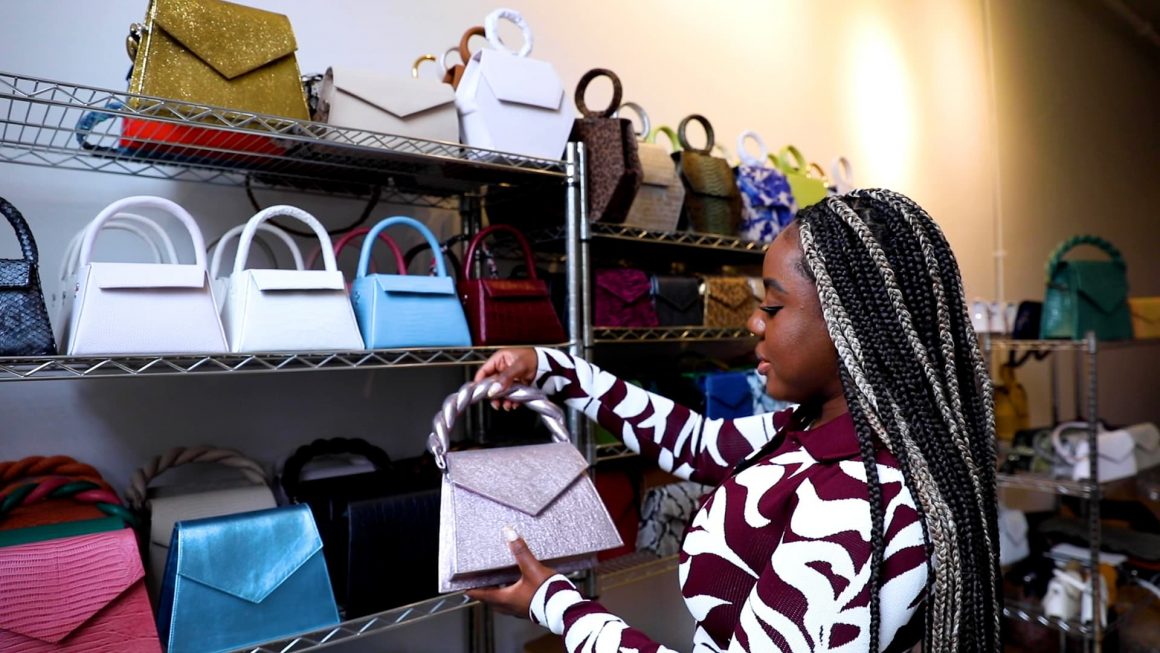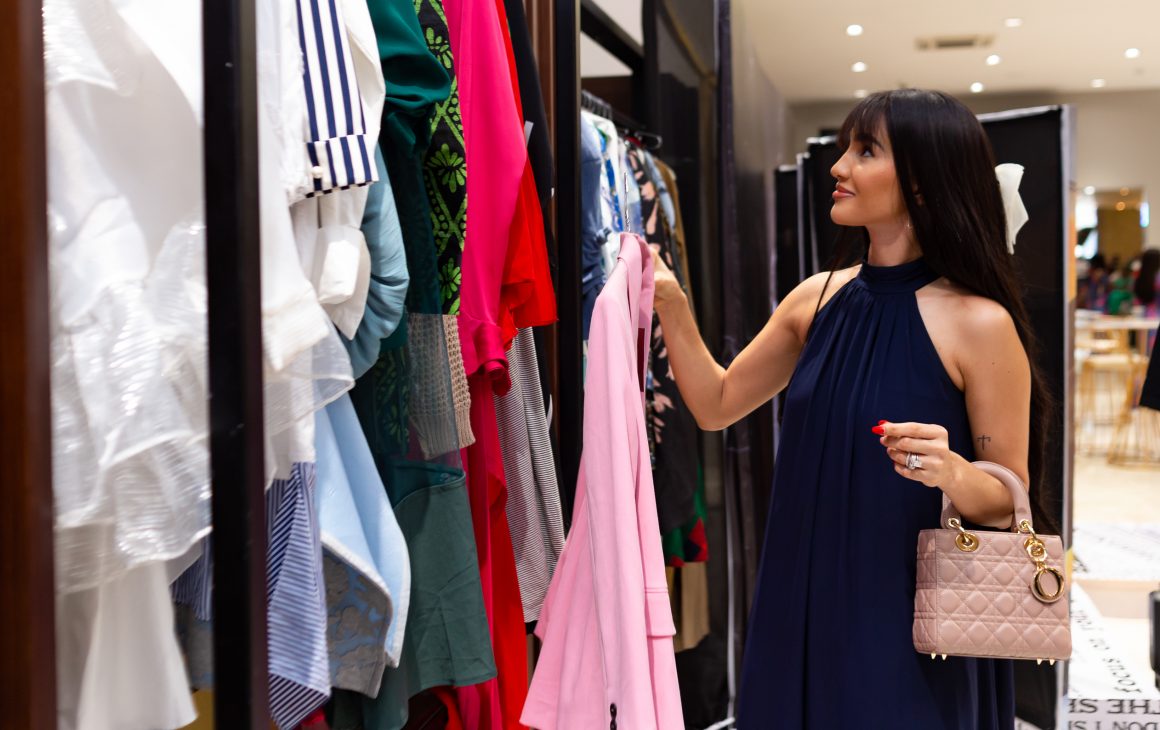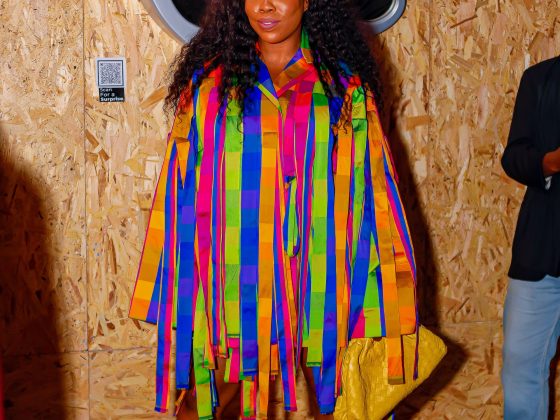Step into any high street store, browse through countless online boutiques, or scroll through your social media feed, and you’ll quickly see an overwhelming selection of fashion choices. Every season, new collections drop, and trends rapidly change. The result is a culture of overconsumption, where people buy more clothes than they could ever possibly wear. This phenomenon, driven by the allure of constantly updated styles and the desire to stay on trend, has far-reaching implications, not just for our wardrobes but for the environment and our well-being.
The Fast Fashion Frenzy
Fast fashion brands have revolutionised the way we shop. With the ability to quickly produce affordable and trendy clothing, these brands have made it easier than ever to update our wardrobes. The downside? An endless cycle of buying, wearing a few times, and discarding. Consumers are enticed by the low prices and the thrill of owning the latest styles, leading to impulsive purchases and an overflowing closet.

The Psychology Behind Overconsumption
Why do we feel the need to acquire more clothes than we can wear? It boils down to a few psychological factors:
- Instant Gratification: Buying new clothes provides a quick dopamine hit, temporarily boosting happiness.
- Social Media Influence: Platforms like Instagram and TikTok are flooded with influencers showcasing the latest trends. The constant exposure to new outfits creates a sense of urgency and a fear of missing out, prompting us to buy more.
- Status and Identity: Fashion is a powerful tool for self-expression and status. Wearing the latest styles can make us feel more confident and accepted. This desire to project a certain image can lead to excessive purchasing.
The Environmental Toll
The fashion industry is one of the largest polluters in the world. The production of textiles requires vast amounts of water and energy, and the use of harmful chemicals is widespread. Overconsumption exacerbates these issues, as the demand for cheap, disposable fashion continues to rise.

Moreover, the disposal of clothing has become a significant problem. According to the Environmental Protection Agency, 85% of textiles go to landfills yearly. Synthetic fibres, which make up a large portion of fast fashion, take hundreds of years to decompose, releasing harmful microplastics into the environment.
A Shift in Consumer Mindset
While the allure of fast fashion is strong, there is a growing movement towards mindful consumption. More people are becoming aware of the environmental impact of their shopping habits and are seeking sustainable alternatives. Here are a few ways to curb overconsumption:
- Quality over Quantity: Invest in high-quality, timeless pieces that can be worn for years. These items may have a higher price tag, but they are often more durable and versatile.

- Capsule Wardrobes: A capsule wardrobe consists of a small collection of essential items that can be mixed and matched to create various outfits. This approach encourages thoughtful purchasing and reduces the need for constant updates.
- Thrifting and Upcycling: Second-hand shopping and upcycling old clothes are excellent ways to extend the life of garments and reduce waste. Vintage shops, online resale platforms, and DIY projects offer unique and sustainable fashion choices.
- Renting and Borrowing: For special occasions, consider renting or borrowing clothes instead of buying something new. Several companies now offer clothing rental services, allowing you to enjoy designer pieces without a long-term commitment.












